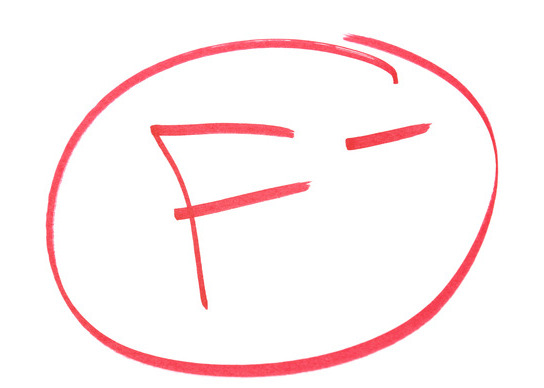Like this column? rabble is reader-supported journalism. Chip in to keep stories like these coming.
The National Energy Board is taking it on the chin again in another critical audit of its performance as Canada’s pipeline regulator by the federal commissioner of the environment and sustainable development. This is the second highly disturbing audit result for the NEB in the last four years.
One of the most important critiques of the NEB in 2011 was that they were terrible at making sure that pipeline companies actually did what the board ordered them to do. Ensuring compliance is arguably the most important task of this or any other regulator.
After the 2011 audit, the NEB gave assurances that they would shape up immediately. But yesterday’s audit report shows that the NEB went from failing to do their job 93 per cent of the time in 2011 to failing to do their job only 47 per cent of the time in 2015.
The NEB has clearly abrogated its responsibilities, leaving pipeline safety up to the whims of the corporations it is supposed to be regulating. As we learned from TransCanada whistleblower Evan Vokes, they cannot be trusted to operate without effective oversight.
From the 2011 report:
Of concern is that in 27 of these 29 cases (93 per cent), we found no evidence that the Board followed up with the companies to determine whether the gaps and deficiencies had been addressed. As a consequence, we have concluded that the Board has not exercised a key element of regulatory monitoring: ensuring that identified weaknesses have been corrected by the regulated companies.
From yesterday’s report:
2.38 What we examined. We examined whether the Board, in accordance with the recommendation we made in the December 2011 report of the Commissioner of the Environment and Sustainable Development, Chapter 1 — Transportation of Dangerous Products, had taken steps to ensure that regulated companies were implementing corrective actions. As part of this, we examined whether the Board carried out and documented, in a timely manner, its follow-up on deficiencies identified in its compliance verification activities.
2.39 The Board’s follow-up on compliance deficiencies. Board officials told us that it had closed gaps and addressed deficiencies identified in our 2011 audit. The Board developed a corrective action plan that included improvements to its systems and practices for following up on identified compliance deficiencies. For example, the Board put in place a new procedure for follow-up of compliance verification.
2.40 Since our last audit, the Board undertook about 950 compliance verification activities between 2012 and 2014. Of these, 252 identified deficiencies in company compliance. To test whether the Board had taken steps to ensure that the companies had taken corrective action, we used representative sampling to select 42 of the 252 compliance deficiencies. We analyzed Board information and documentation on these selected files.
2.41 In these 42 files, we noted 22 instances in which follow-up on compliance verification activities was not consistently or properly documented. For example:
- compliance tracking information was out of date or inaccurate,
- evidence of compliance to substantiate company corrective action was not provided,
- timeliness of Board follow-up varied, or
- Board analysis or final conclusion on company compliance was missing.
Like this column? rabble is reader-supported journalism. Chip in to keep stories like these coming.



